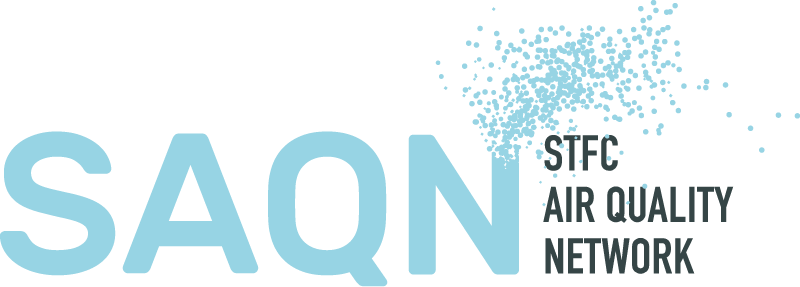


Project Outline
Plastics are ubiquitous in our environment, over time they break apart into smaller pieces, which are transported through the atmosphere. Exposure to atmospheric conditions break down the plastic forming what is termed a microplastic. Greater quantities of microplastics can alter how light passes through the atmosphere and even how water within the atmosphere forms clouds.
Understanding how microplastics behave in the atmosphere means we may be able to improve our knowledge on how they affect the environment and even our health. The project will allow us to improve ways to mitigate potentially harmful effects of microplastics and enable techniques to remotely understand their distribution.
Our study will simulate the ageing of microplastic aerosol in an atmospheric oxidation flow reactor at the University of York. This reactor simulates light, humidity and chemistry found in the atmosphere. Here, the formation of secondary materials can be followed by careful monitoring of gas concentrations either being taken up or released from the microplastic surface. With this knowledge STFC capabilities can be used to probe the same microplastics, but as individual airborne particles, to mimic the behaviour of organic coated microplastics.
STFC Capabilities used
Related Scoping Study
Project dates
Jun 2022 – May 2023

